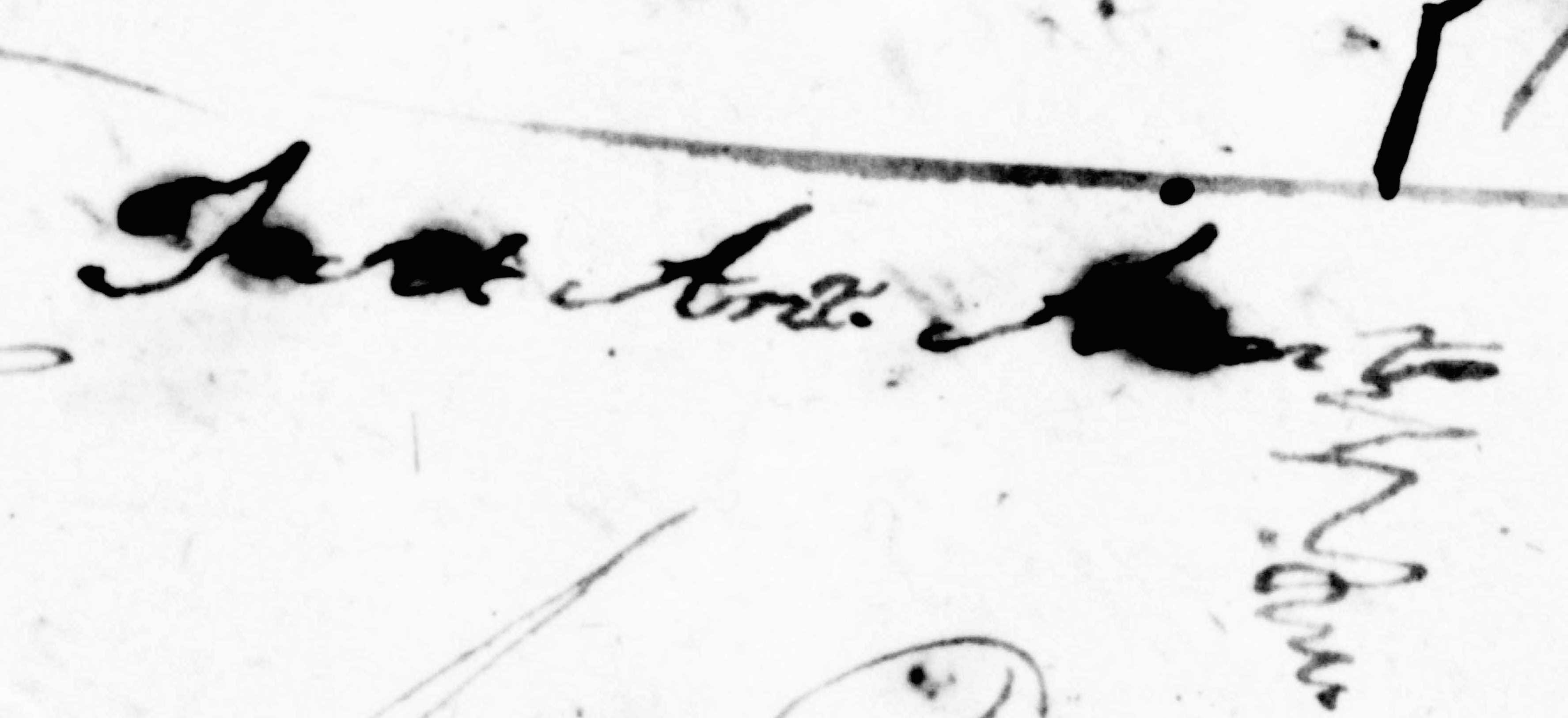Click on the arrow below to read more about the “book of paintings” and view a subject matter list of its contents with links to each lámina.
![]()
Following Aponte’s arrest for conspiring to plan slave rebellions, colonial Spanish officials questioned him extensively about his “book of paintings.” They had found the book in a pine box hidden inside a chest full of clothes when they searched his home. Over the course of three days, from March 26 to March 29, 1812, the officials went through the book page by page with Aponte and asked him about its contents. Notaries recorded these interrogations into the trial record. In interpreting the record, as with any historic document, we contend with various factors that conditioned its production. To begin with, Aponte was on trial for his life and may have made decisions accordingly about what to share. The notaries themselves also made judgments about what to record. Finally, colonial Spanish officials also determined, to a degree, what we know about the book of paintings because they asked more questions of images that interested them than others.

Aponte’s signature from “Expediente sobre el declarante José Antonio Aponte el sentido de las pinturas que se hayan en el Libro que se le aprehendió en su casa. Conspiración de José Antonio Aponte, 24 de marzo de 1812,” Archivo Nacional de Cuba, Fondo Asuntos Políticos, legajo 12, expediente 17. Courtesy of Archivo Nacional de Cuba.
For instance, regarding láminas 32-33, officials asked nine questions about the images and their meanings. The láminas depict local black militia units defending the city of Havana against the British in 1762. Many other pages elicited one or two questions, or none at all. For some pages, most noticeably láminas 52 through 71, Aponte’s answers are extremely brief, and no questions were posed by officials. Regarding lámina 60a, Aponte offers only one sentence (that the notary recorded, at any rate): “Number sixty represents Nerpomene, the goddess of battles.” The unevenness of the interrogation corresponds to the officials’ view of problematic imagery and its possible connection to Aponte’s role in organizing the slave rebellions. The same unevenness, unfortunately, also impacts our knowledge of the “book of paintings.”
![]() Click here to download a transcription of the trial testimony completed by scholar Jorge Pavez Ojeda.
Click here to download a transcription of the trial testimony completed by scholar Jorge Pavez Ojeda.